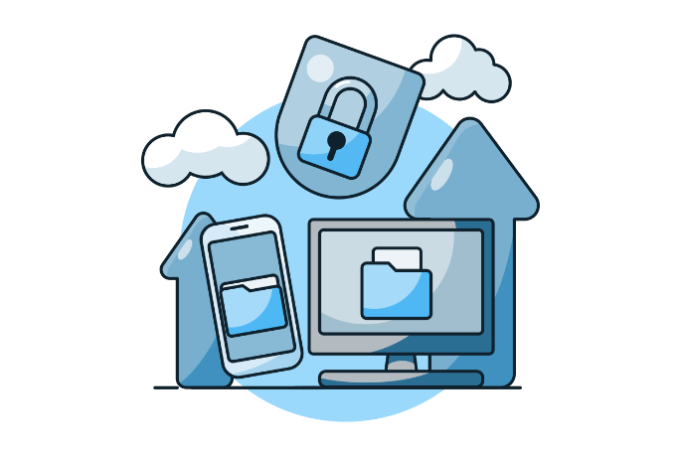General guidelines on how to use availability zones

Using multiple Availability Zones can increase the availability and fault tolerance of your application, but it can also increase your AWS costs. Here are a few ways that Availability Zones can affect pricing:
- Data transfer costs: If you transfer data between Availability Zones within the same region, you will incur data transfer charges. These charges are based on the amount of data transferred and the distance between the Availability Zones.
- Resource costs: Some AWS resources, such as Amazon EC2 instances and Amazon RDS databases, can be launched in multiple Availability Zones. If you launch these resources in multiple Availability Zones, you will incur additional charges for each Availability Zone.
- Additional charges for certain services: Some AWS services, such as Amazon Elasticache and Amazon Redshift, have additional charges for cross-AZ replication. This means that if you use these services in multiple Availability Zones, you will incur additional charges for replicating data between Availability Zones.
It’s important to carefully consider the trade-offs between availability, fault tolerance, and cost when designing your application architecture on AWS. You may want to use the AWS Pricing Calculator to estimate the costs of running your application in different Availability Zones.
Why would an availability zone become unavailable?
An Availability Zone can become unavailable due to a variety of factors, including power outages, network failures, and natural disasters. While AWS designs its infrastructure to be highly reliable and resilient, it is possible for an Availability Zone to become unavailable due to unforeseen circumstances.
That’s why it’s important to design your application to be fault-tolerant and able to withstand the failure of a single Availability Zone. By distributing your resources across multiple Availability Zones and using tools like Amazon CloudWatch to monitor the health and availability of your resources, you can ensure that your application continues to function even if an Availability Zone becomes unavailable.
General guidelines for choosing Availability Zones for your AWS resources
Here are some general guidelines for choosing Availability Zones for your AWS resources:
- Distribute your resources across multiple Availability Zones to increase the availability and fault tolerance of your application.
- Use multiple Availability Zones for critical resources, such as database servers and application servers.
- Use Amazon CloudWatch to monitor the health and availability of your resources in each Availability Zone, and take automated action in response to any issues that may arise.
- Use Amazon Route 53 to route traffic to the optimal Availability Zone based on health and performance.
- Use Amazon Elastic Block Store (EBS) for data storage and Amazon Elastic Load Balancer (ELB) to distribute incoming traffic across multiple Availability Zones.
- Use Amazon EC2 Auto Scaling to automatically scale your resources up or down based on demand, and to automatically distribute your resources across multiple Availability Zones.
- Consider using AWS Global Accelerator to route traffic to the optimal Availability Zone based on the lowest network latency.
Remember, these are just general guidelines, and the best choice for your application will depend on your specific requirements and use case. It’s important to carefully consider the trade-offs between availability, fault tolerance, and cost when designing your application architecture on AWS.




